The Impact of the Youth Employment Program in Southwestern Montana

In an effort to increase the impact of conservation across the sagebrush landscape, NRCS is supporting partners like the Southwest Montana Sagebrush Partnership and the Youth Employment Program.
In the intermountain region of southwest Montana, where sagebrush and grassy valleys meet rugged mountains, a unique collaboration between conservation entities has created a program that not only nurtures the land but strengthens communities and creates jobs.
The Youth Employment Program (Y.E.P.), supported by the USDA Natural Resources Conservation Service (NRCS) through the Southwest Montana Sagebrush Partnership, exemplifies how strategic investments in conservation can yield profound and far-reaching benefits.
Origins of the Sagebrush Partnership
The foundation for this success was laid in 2018 when a diverse group of partners, including NRCS Montana, The Nature Conservancy (TNC), Bureau of Land Management (BLM), Montana Fish, Wildlife and Parks, U.S. Fish and Wildlife Service, Montana DNRC, local conservation districts, and multiple private landowners, came together to form the Southwest Montana Sagebrush Partnership.
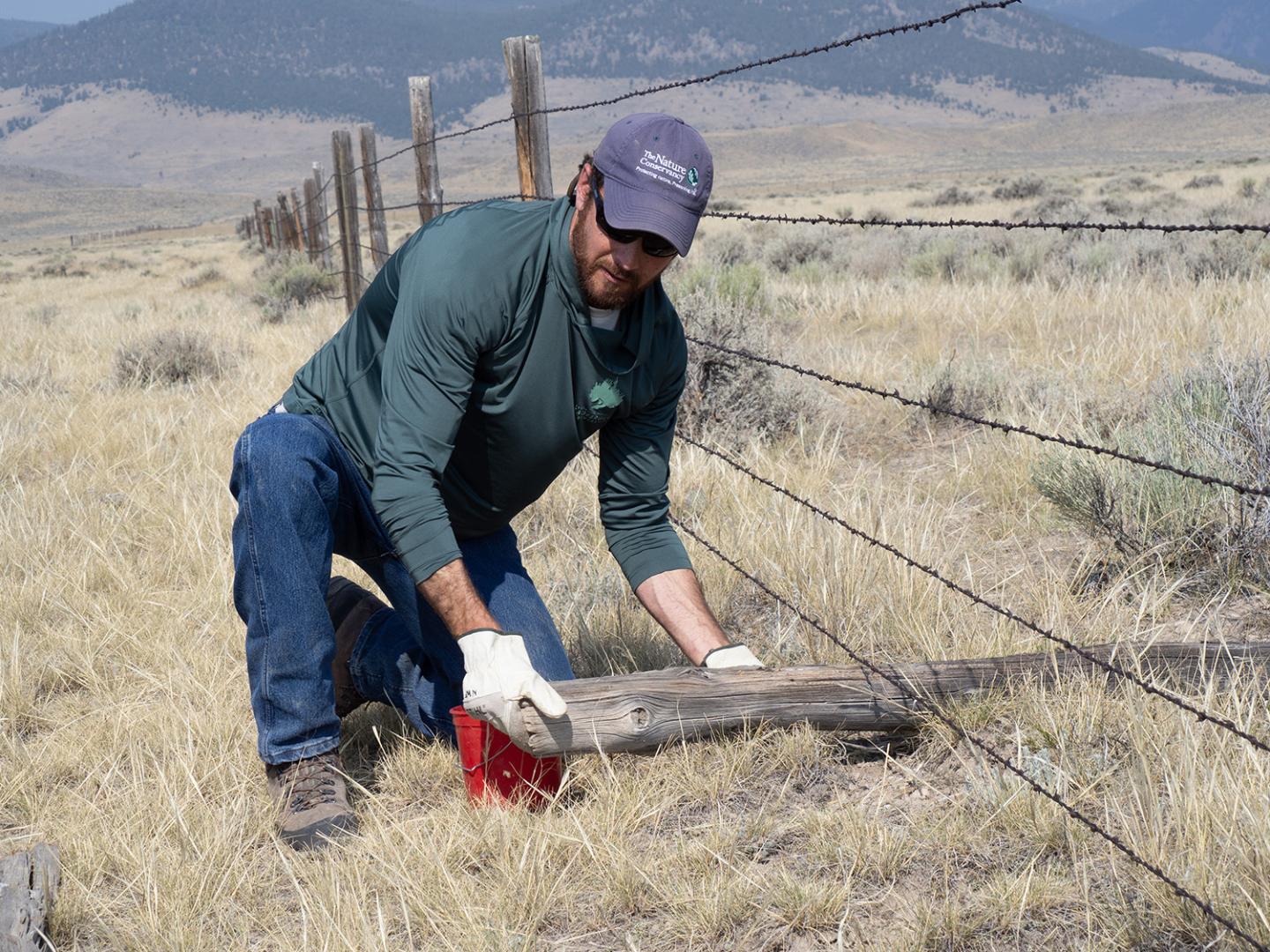
“Our initial goal was to address the threats to sagebrush ecosystems by working across public and private lands and scaling up our efforts, but as we got moving there was a realization that our best shot at keeping these efforts sustainable, we needed to figure out how to build a model that could be embedded within our communities,” says Sean Claffey, Conservation Coordinator with the Sagebrush Partnership.
The partnership between NRCS and TNC has been long-standing, particularly in Montana, where they’ve collaborated on conservation easements for decades. This established relationship of trust and cooperation was key in creating a bridge between public land management and private land conservation efforts.
Birth of the Youth Employment Program
One of the most innovative outcomes of this collaboration was the creation of the Youth Employment Program (Y.E.P.) chapter in Montana. The organization was originally created by Steve Adams in Salmon, Idaho, to employ local youth.
Recognizing the need for a dedicated workforce that was willing to take on extensive conservation work, the partners saw an opportunity. They viewed Y.E.P. as a way to engage area youth in meaningful, hands-on stewardship activities.
“We need the work done, and our young people need opportunities,” Claffey explains. “It is a perfect fit.”
NRCS played a pivotal role in this initiative, thinking strategically about the long-term benefits of such an investment. The initial creation of one position within Y.E.P. in 2021 has since grown into a robust program with 35 employees in 2024. “The vision to take that leap has truly blossomed in southwestern Montana,” Claffey says.
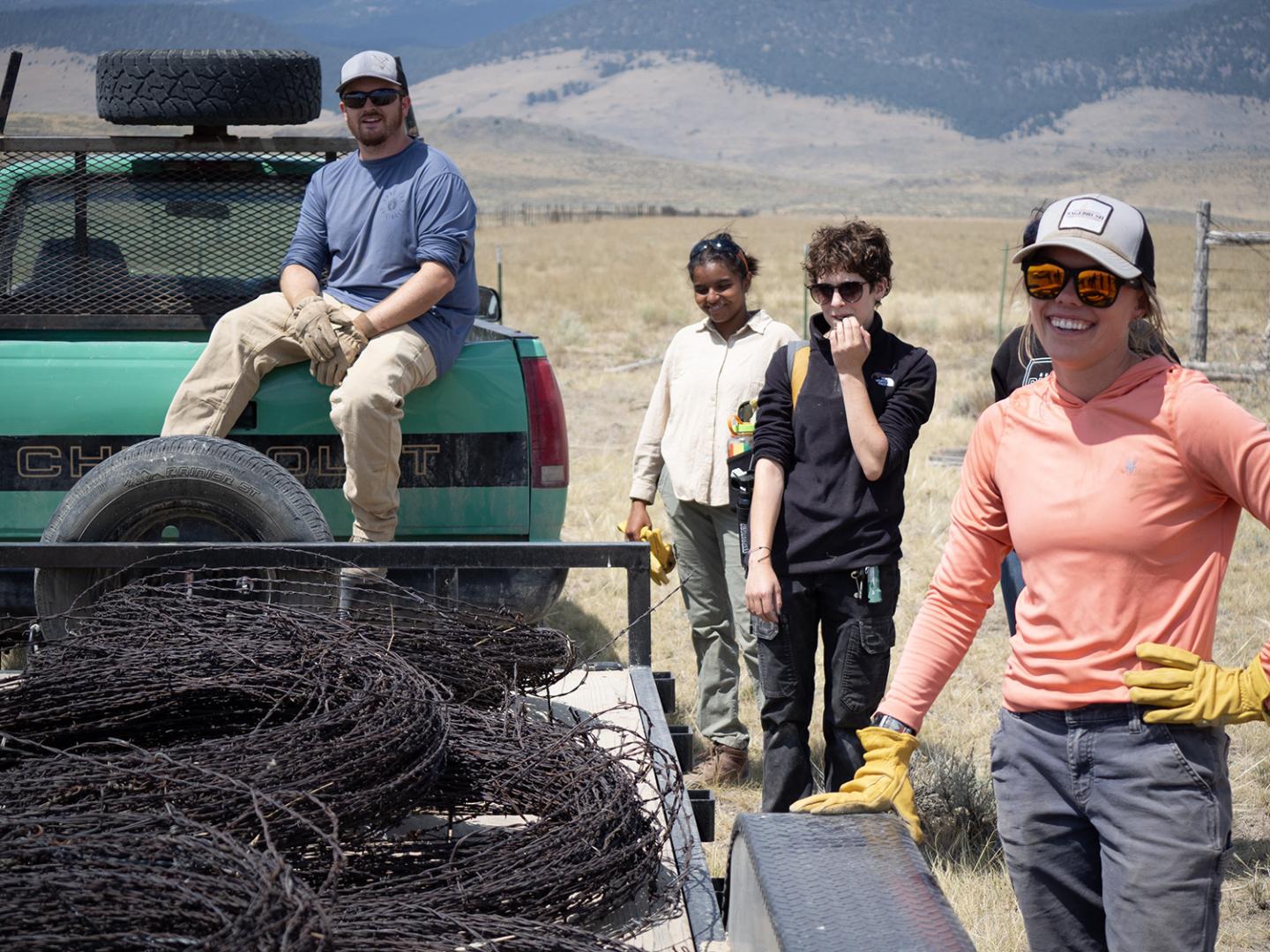
“They have more requests than they can fill,” he adds, highlighting the program’s growing popularity. “The NRCS Montana has had enough vision to see if we want to get work done on the ground, we need to invest in people on the ground to do the work and people in the right places who can plan and coordinate projects wherever the need is, regardless of jurisdictional boundaries.”
Impact on Students and the Community
Dr. Arica Crootof, an Associate Professor of Environmental Sustainability at University of Montana - Western and a board member for the Dillon chapter of Y.E.P., has witnessed firsthand the program's impact on students. “Y.E.P. provides students with invaluable hands-on experience during the summers. They learn different skills while being paid, which serves as a pipeline for future employment with agencies like NRCS, BLM, and the Forest Service.”
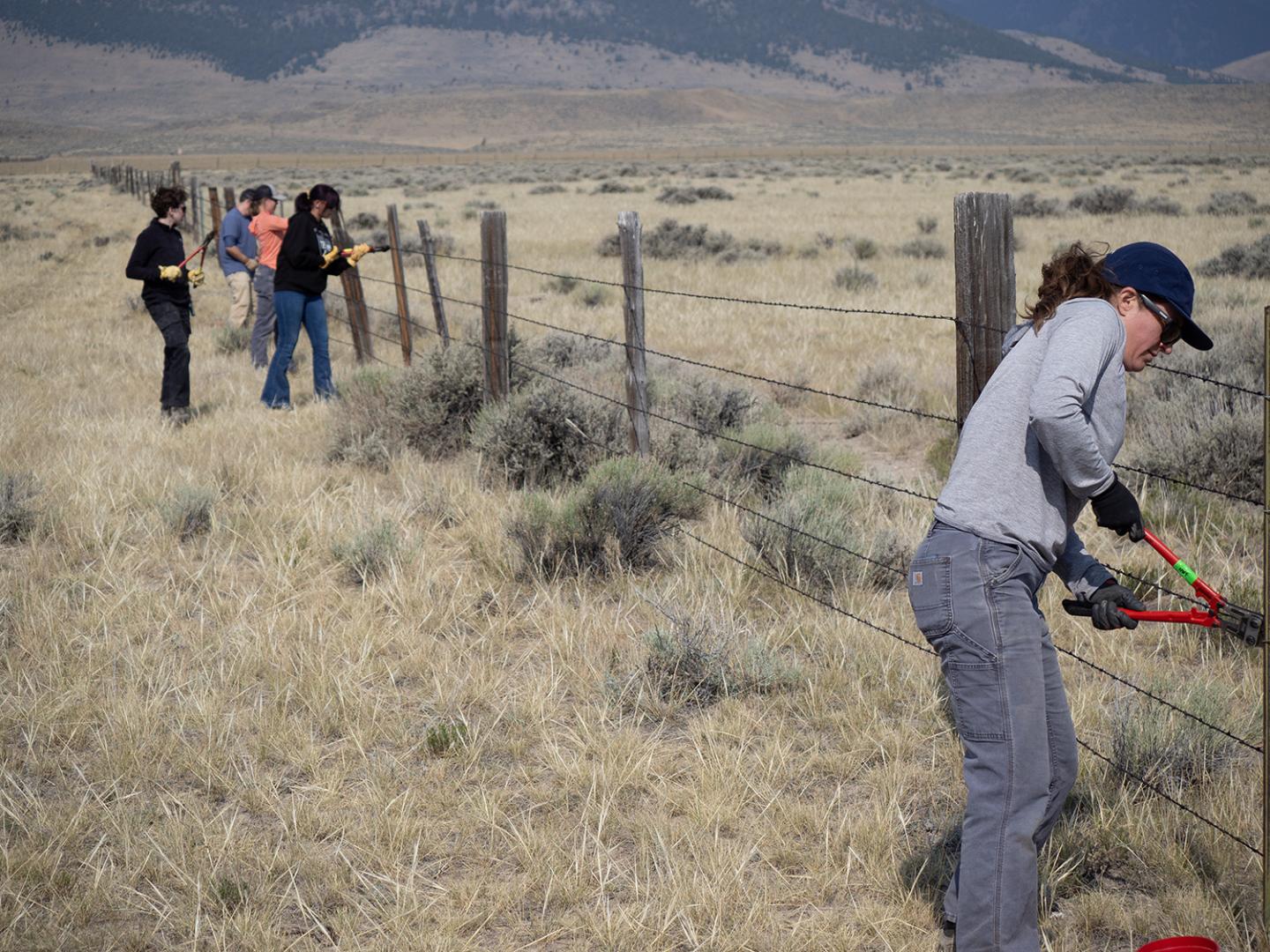
The block scheduling at UM - Western, which focuses on experiential education, allows Dr. Crootof to integrate conservation projects into her curriculum. “I’ve seen students grow from crew members to crew leads, gaining leadership and confidence along the way,” she shares. “This growth empowers them to pursue careers in conservation, fulfilling the program’s goal of creating pathways for youth in rural communities.”
Creating a Sustainable Workforce
Morgan Baseley, a Y.E.P. Crew Lead, started as an assistant lead in 2022 after being inspired by a university visit from Y.E.P.
“It was kind of a rogue decision,” Baseley says of her decision to join Y.E.P. Having moved to Montana for college, she found the program inspiring, offering a chance to do conservation work. A self-proclaimed ‘tomboy’ growing up, the idea of getting her hands dirty outdoors wasn’t foreign, but the program itself was new to her.
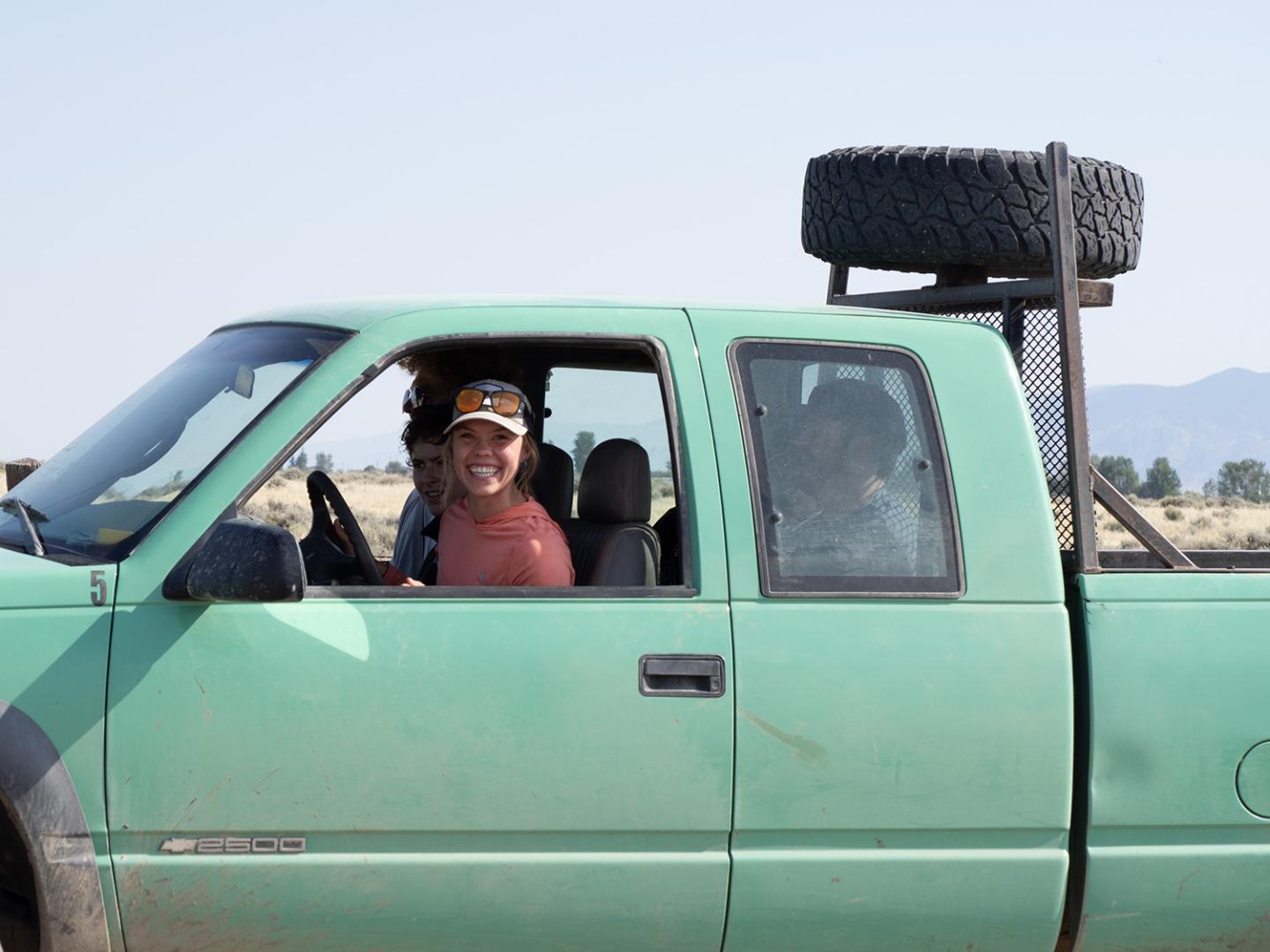
“The program seemed intriguing and fun, offering a chance to work with different organizations involved in conservation,” Baseley says. She emphasizes the importance of Y.E.P. in developing leadership and practical skills, such as chainsaw operation, which are crucial for various conservation tasks. “In a nutshell, the program prepares younger employees with how to have a work ethic, how to get your hands dirty, and how to have time management and leadership skills.”
Baseley’s experience with Y.E.P. has solidified her passion for forestry and timber work. “Y.E.P. has not only taught me about resource conservation but also instilled a sense of independence and leadership,” she says. “It’s rewarding to see the immediate impact of our work, knowing we're making a difference for future generations.”
Community Engagement and Long-Term Vision
Koy Holland, a local rancher and Y.E.P. board member, underscores the program's significance for both the land and the youth. “Programs like Y.E.P. are crucial for teaching our kids about stewardship and the environment we live in,” he says. “If we don't take care of our youth and our natural resources, we're jeopardizing our future.”
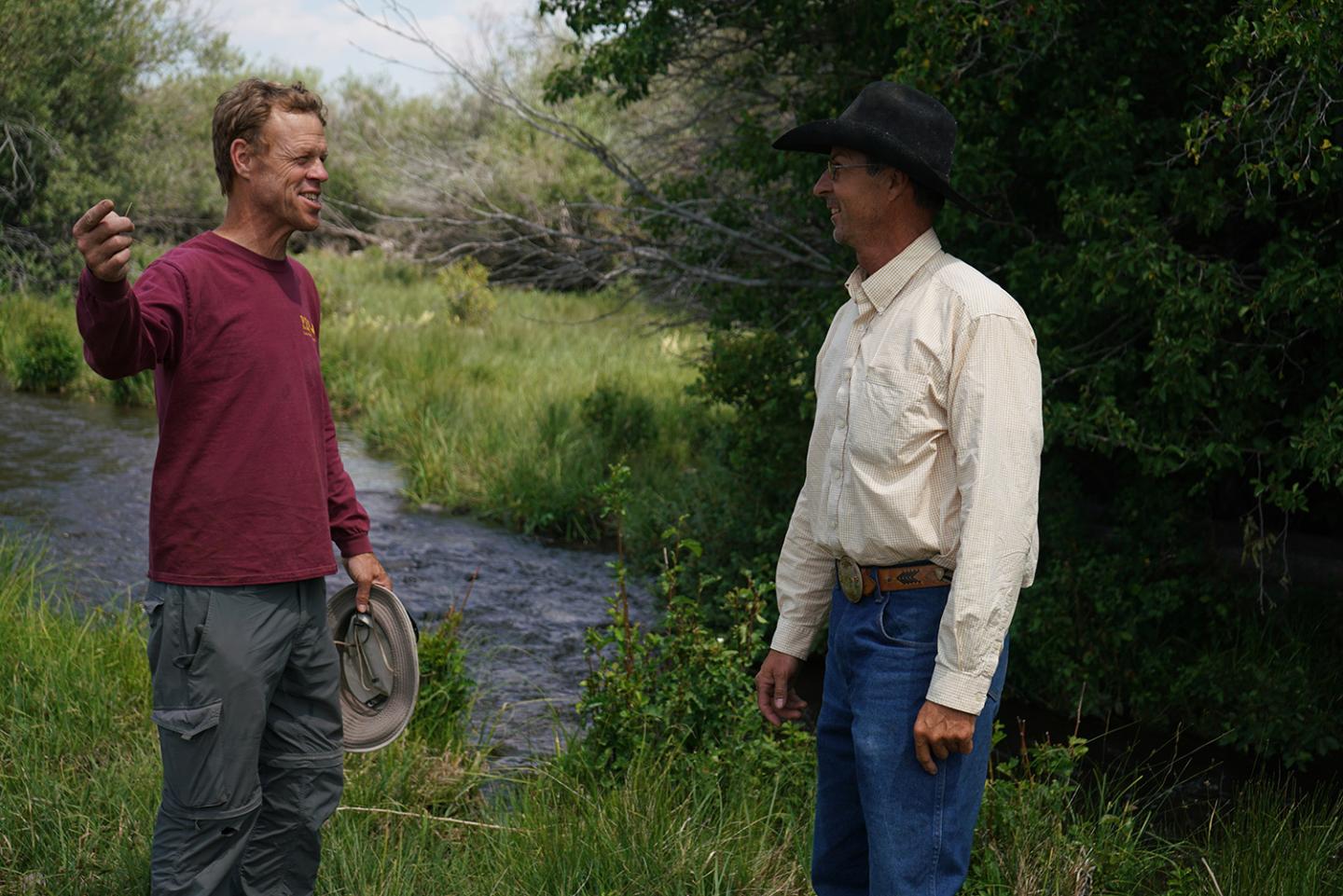
Y.E.P. Program Manager Nolan Salix shares, “When I was putting together the Youth Employment Program, I saw Koy as a unique producer because he’s science-based and will deviate from the culture when cultural norms don’t make sense.” This was why Y.E.P. approached Holland, not just as a producer to work, with but as someone who could enhance the board.
On his own property, Y.E.P. has undertaken projects such as conifer encroachment reduction and installing wildlife-friendly fences. These initiatives not only benefit the land but also provide real-world learning opportunities for the youth. “It’s important for kids to see the hard work and dedication required in managing our natural resources,” Holland says.
Impact on the Land
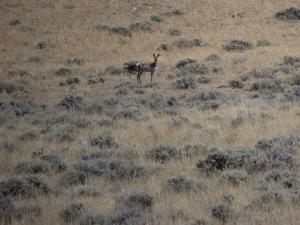
Claffey explains that across the entire West, a primary conservation focus has been on the threats to the sagebrush steppe like conifer expansion, invasive annual grasses, barriers to wildlife movement, and wetland degradation. While agencies were already involved in addressing these issues, the question was always, “How can we do more, and how can we do more across private and public ownership?”
Y.E.P. has helped bridge the gap by putting teens and young adults to work on restoration projects on working ranches, agricultural operations, and public and private lands.
Current Projects
Colin Peterson, a Project Coordinator with the National Wildlife Federation, is overseeing a group focusing on habitat connectivity. He explains to the group that pronghorn are a migratory species, needing to move across the landscape based on available resources at any given time of the year. “Pronghorn and fences don’t get along,” he says, as his team removes an old woven wire fence in a pronghorn migration corridor as shown by GPS-collared studies provided by Montana Fish, Wildlife and Parks.
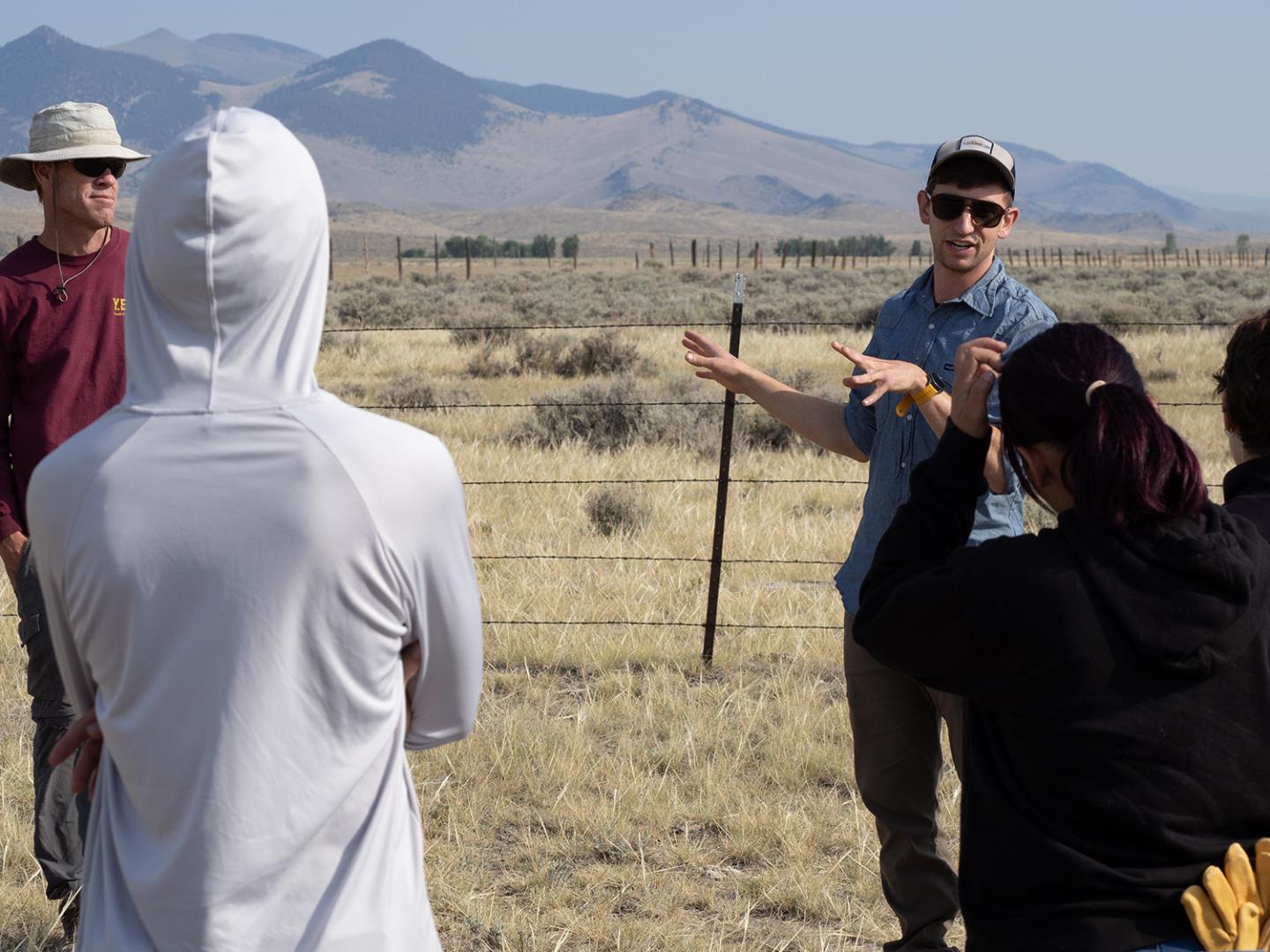
At Cable Creek, another Y.E.P. team is working on a beaver dam analog to create a new channel in a couple of new spots, sending water where there will be better habitat for fish, including bull trout. It’s right above a four-acre beaver pond. Another Y.E.P. crew is in the Sweetwater, working on conifer encroachment reduction.
The projects change every week throughout the summer. “It’s fun, but it is a lot to manage,” Salix says, explaining that the interns are really helping the agencies. “They love the techniques they’re learning. They also love that everybody who works for Y.E.P. learns how to work and how to be productive. There’s no sitting around. I think that’s what they really appreciate.”
Salix shares that the pipeline program works so well because participants are learning the skills that conservation agencies need. “These youth or young adults may not necessarily have some the specialty skills our partners will need in an employee, and that’s what Steve Adams and Sean Claffey have brought here. All of us together with the Southwest Montana Sagebrush Partnership—we’re that on-the-ground training component for the different agencies and nonprofits.”
Salix notes that 15 is the youngest age, with 24 being the target for the upper limit. However, the program also includes some adults, or “late bloomers,” who may be looking for a career path while adding tremendous value to the program.
The Broader Impact
The success of Y.E.P. extends beyond job creation and land stewardship. It builds a sense of community and connectivity among participants, exposing them to various conservation disciplines and career pathways. “We’re all in it to improve human well-being,” Claffey says. “Through programs like Y.E.P., we're not just restoring natural processes on the landscape; we’re restoring the natural processes that create community and culture in rural areas.”
While they completed over 20 projects last year with three crews, this year they’re anticipating 30 projects with four crews.
NRCS’s strategic investments have not only facilitated the growth of Y.E.P., its strategic partnership with TNC has also supported broader conservation efforts, such as the Sagebrush Partnership. Since its inception in 2018, the Sagebrush Partnership has completed over 60,000 acres of conifer expansion removal, over 20 miles of small stream restoration projects, 3,000 acres of cheatgrass treatments, and over 80 miles of fence improved for wildlife passage. The SMSP is also actively supporting innovation in the wood products industry through harvest and utilization of Douglas-fir expansion and innovation in the ranching community, enabling the use of new tools and technologies that may improve the sustainability of ranching as a viable means to steward our rangelands.
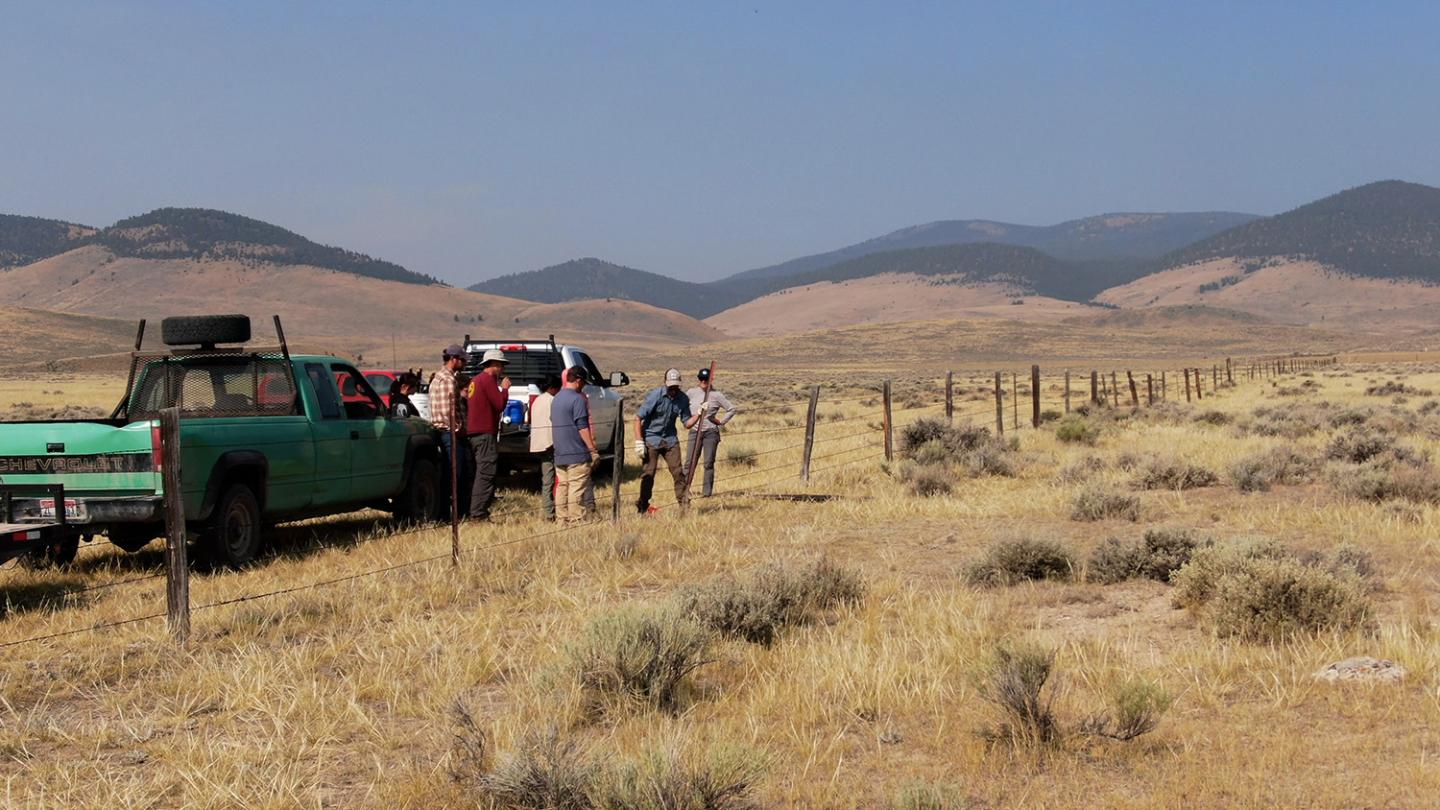
Y.E.P. perfectly demonstrates the power of collaboration and strategic investment in conservation. With ongoing support from NRCS, TNC, and other partners, the program, has created a sustainable model for engaging youth in meaningful work, fostering community connections, and restoring the land.
“All of our partners have seen the value of what’s going on with hosting these programs and positions, and they’ve stepped up, it is no small ask for an organization to consider hiring someone,” Claffey adds. “But when they do, it helps continue the work we’re doing.”
As the Youth Employment Program continues to grow, it will likely serve as a model for other regions looking to engage their youth in conservation while preserving the natural and cultural heritage of their landscapes. Baseley encourages students to “Be prepared for hard work,” but reassures them by adding, “It gets easier, and it's truly rewarding to see all the positive outcomes that result from it.”


